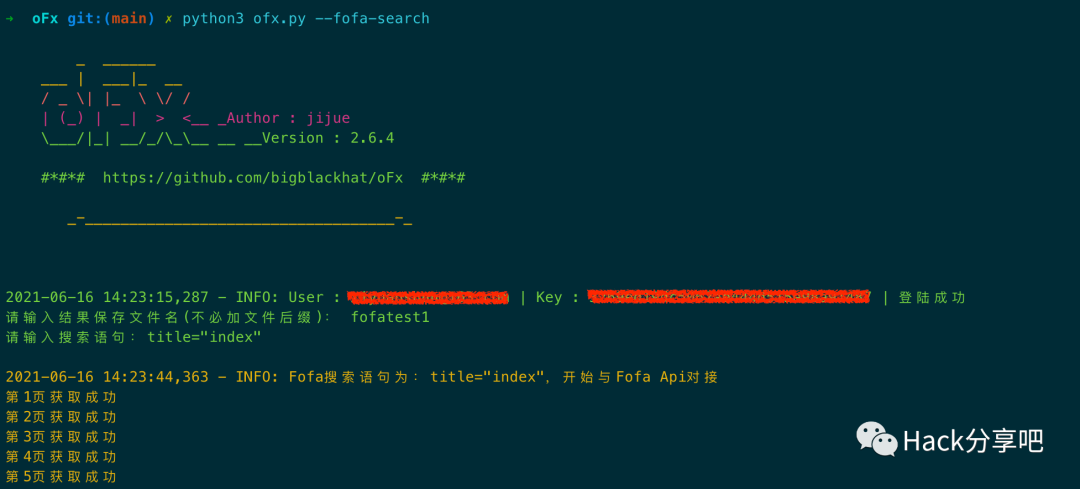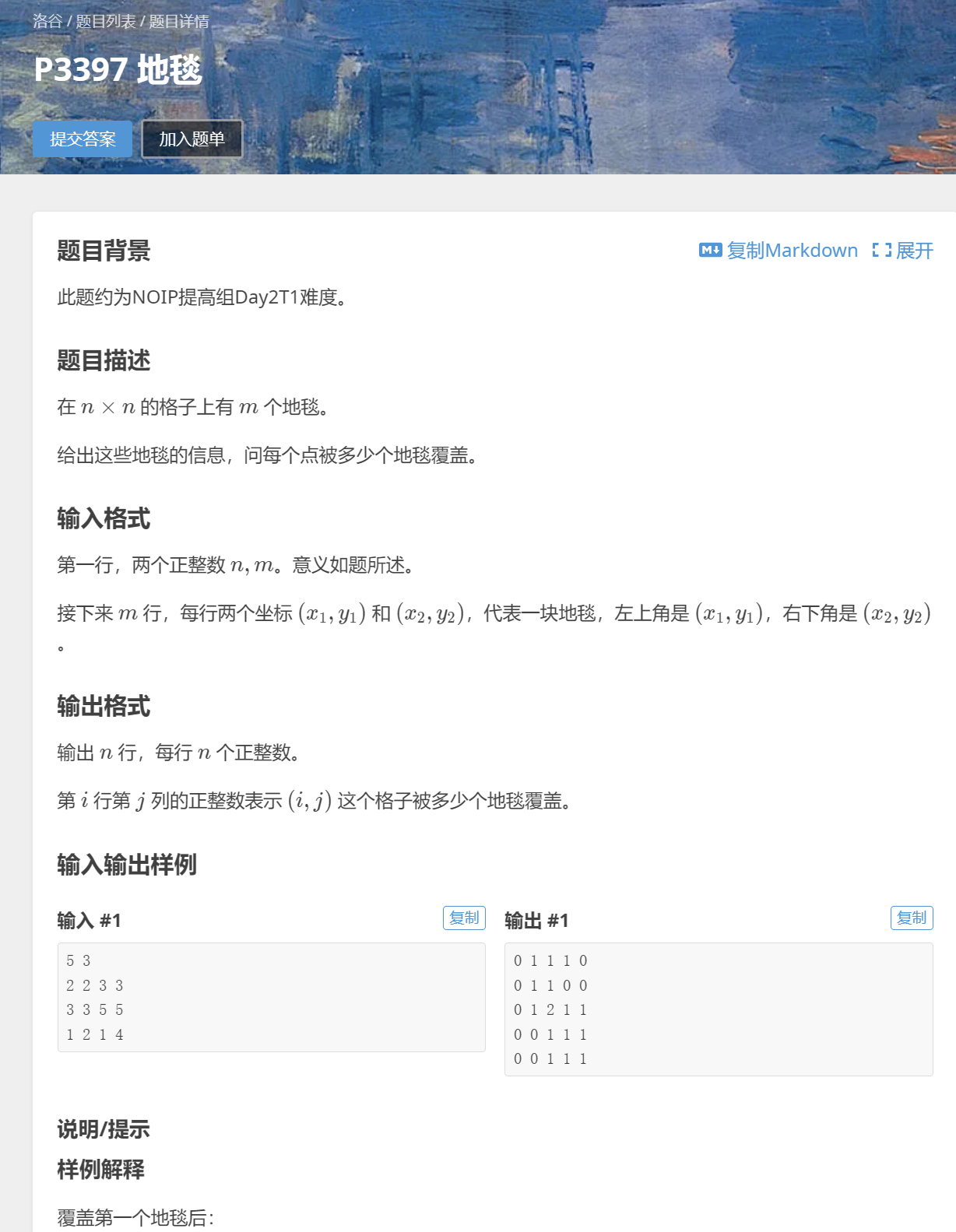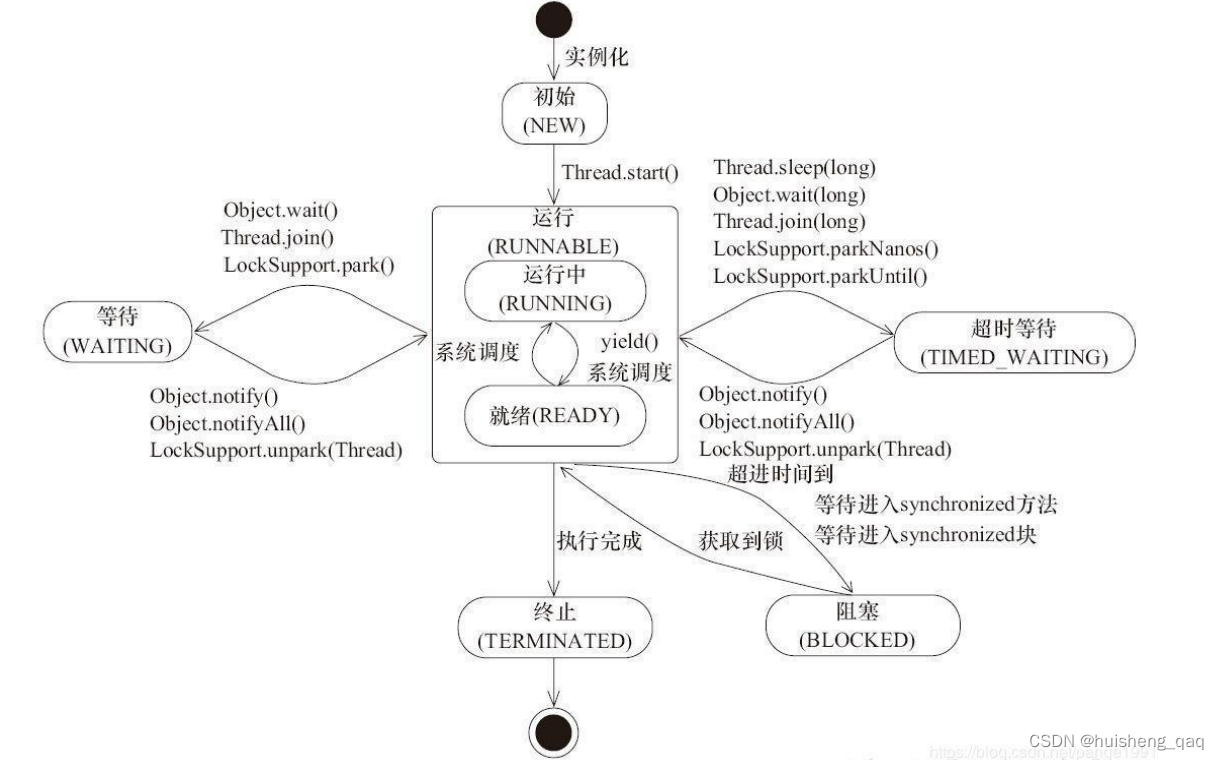目录
前言:
语法
参数化误区
实践
简要回顾
前言:
pytest是一个功能强大的Python测试框架,它提供了参数化功能,可以帮助简化测试用例的编写和管理。
语法
本文就赶紧聊一聊 pytest 的参数化是怎么玩的。
@pytest.mark.parametrize
@user1ize("test_input,expected", [("3+5", 8), ("2+4", 6), ("6*9", 42)])
def test_eval(test_input, expected):
assert eval(test_input) == expected
-
可以自定义变量,test_input 对应的值是"3+5" "2+4" "6*9",expected 对应的值是 8 6 42,多个变量用 tuple,多个 tuple 用 list
-
参数化的变量是引用而非复制,意味着如果值是 list 或 dict,改变值会影响后续的 test
-
重叠产生笛卡尔积
import pytest
@user2ize("x", [0, 1])
@user3ize("y", [2, 3])
def test_foo(x, y):
pass
@pytest.fixture()
@pytest.fixture(scope="module", params=["smtp.gmail.com", "mail.python.org"])
def smtp_connection(request):
smtp_connection = smtplib.SMTP(request.param, 587, timeout=5)
-
只能使用 request.param 来引用
-
参数化生成的 test 带有 ID,可以使用
-k来筛选执行。默认是根据函数名[参数名]来的,可以使用 ids 来定义
// list
@pytest.fixture(params=[0, 1], ids=["spam", "ham"])
// function
@pytest.fixture(params=[0, 1], ids=idfn)
使用--collect-only命令行参数可以看到生成的 IDs。
参数添加 marker
我们知道了参数化后会生成多个 tests,如果有些 test 需要 marker,可以用 pytest.param 来添加
marker 方式
# content of test_expectation.py
import pytest
@user7ize(
"test_input,expected",
[("3+5", 8), ("2+4", 6), pytest.param("6*9", 42, marks=pytest.mark.xfail)],
)
def test_eval(test_input, expected):
assert eval(test_input) == expected
fixture 方式
# content of test_fixture_marks.py
import pytest
@pytest.fixture(params=[0, 1, pytest.param(2, marks=pytest.mark.skip)])
def data_set(request):
return request.param
def test_data(data_set):
pass
pytest_generate_tests
用来自定义参数化方案。使用到了 hook,hook 的知识我会写在《pytest hook》中,欢迎关注公众号 dongfanger 获取最新文章。
# content of conf.py
def pytest_generate_tests(metafunc):
if "test_input" in metafunc.fixturenames:
metafunc.parametrize("test_input", [0, 1])
# content of test.py
def test(test_input):
assert test_input == 0
- 定义在 conftest.py 文件中
- metafunc 有 5 个属性,fixturenames,module,config,function,cls
- metafunc.parametrize() 用来实现参数化
- 多个 metafunc.parametrize() 的参数名不能重复,否则会报错
参数化误区
在讲示例之前,先简单分享我的菜鸡行为。假设我们现在需要对 50 个接口测试,验证某一角色的用户访问这些接口会返回 403。我的做法是,把接口请求全部参数化了,test 函数里面只有断言,伪代码大致如下
def api():
params = []
def func():
return request()
params.append(func)
...
@user9ize('req', api())
def test():
res = req()
assert res.status_code == 403
这样参数化以后,会产生50 个 tests,如果断言失败了,会单独标记为 failed,不影响其他 test 结果。咋一看还行,但是有个问题,在回归的时候,可能只需要验证其中部分接口,就没有办法灵活的调整,必须全部跑一遍才行。这是一个相对错误的示范,至于正确的应该怎么写,相信每个人心中都有一个答案,能解决问题就是 ok 的。我想表达的是,参数化要适当,不要滥用,最好只对测试数据做参数化。
实践
本文的重点来了,参数化的语法比较简单,实际应用是关键。这部分通过 11 个例子,来实践一下。示例覆盖的知识点有点多,建议留大段时间细看。
1.使用 hook 添加命令行参数--all,"param1"是参数名,带--all 参数时是 range(5) == [0, 1, 2, 3, 4],生成 5 个 tests。不带参数时是 range(2)。
# content of test_compute.py
def test_compute(param1):
assert param1 < 4
# content of conftest.py
def pytest_addoption(parser):
parser.addoption("--all", action="store_true", help="run all combinations")
def pytest_generate_tests(metafunc):
if "param1" in metafunc.fixturenames:
if metafunc.config.getoption("all"):
end = 5
else:
end = 2
metafunc.parametrize("param1", range(end))
2.testdata 是测试数据,包括 2 组。test_timedistance_v0 不带 ids。test_timedistance_v1 带 list 格式的 ids。test_timedistance_v2 的 ids 为函数。test_timedistance_v3 使用 pytest.param 同时定义测试数据和 id。
# content of test_time.py
from datetime import datetime, timedelta
import pytest
testdata = [
(datetime(2001, 12, 12), datetime(2001, 12, 11), timedelta(1)),
(datetime(2001, 12, 11), datetime(2001, 12, 12), timedelta(-1)),
]
@user10ize("a,b,expected", testdata)
def test_timedistance_v0(a, b, expected):
diff = a - b
assert diff == expected
@user11ize("a,b,expected", testdata, ids=["forward", "backward"])
def test_timedistance_v1(a, b, expected):
diff = a - b
assert diff == expected
def idfn(val):
if isinstance(val, (datetime,)):
# note this wouldn't show any hours/minutes/seconds
return val.strftime("%Y%m%d")
@user12ize("a,b,expected", testdata, ids=idfn)
def test_timedistance_v2(a, b, expected):
diff = a - b
assert diff == expected
@user13ize(
"a,b,expected",
[
pytest.param(
datetime(2001, 12, 12), datetime(2001, 12, 11), timedelta(1), id="forward"
),
pytest.param(
datetime(2001, 12, 11), datetime(2001, 12, 12), timedelta(-1), id="backward"
),
],
)
def test_timedistance_v3(a, b, expected):
diff = a - b
assert diff == expected
3.兼容 unittest 的 testscenarios
# content of test_scenarios.py
def pytest_generate_tests(metafunc):
idlist = []
argvalues = []
for scenario in metafunc.cls.scenarios:
idlist.append(scenario[0])
items = scenario[1].items()
argnames = [x[0] for x in items]
argvalues.append([x[1] for x in items])
metafunc.parametrize(argnames, argvalues, ids=idlist, scope="class")
scenario1 = ("basic", {"attribute": "value"})
scenario2 = ("advanced", {"attribute": "value2"})
class TestSampleWithScenarios:
scenarios = [scenario1, scenario2]
def test_demo1(self, attribute):
assert isinstance(attribute, str)
def test_demo2(self, attribute):
assert isinstance(attribute, str)
4.初始化数据库连接
# content of test_backends.py
import pytest
def test_db_initialized(db):
# a dummy test
if db.__class__.__name__ == "DB2":
pytest.fail("deliberately failing for demo purposes")
# content of conftest.py
import pytest
def pytest_generate_tests(metafunc):
if "db" in metafunc.fixturenames:
metafunc.parametrize("db", ["d1", "d2"], indirect=True)
class DB1:
"one database object"
class DB2:
"alternative database object"
@pytest.fixture
def db(request):
if request.param == "d1":
return DB1()
elif request.param == "d2":
return DB2()
else:
raise ValueError("invalid internal test config")
5.如果不加 indirect=True,会生成 2 个 test,fixt 的值分别是"a"和"b"。如果加了 indirect=True,会先执行 fixture,fixt 的值分别是"aaa"和"bbb"。indirect=True 结合 fixture 可以在生成 test 前,对参数变量额外处理。
import pytest
@pytest.fixture
def fixt(request):
return request.param * 3
@user16ize("fixt", ["a", "b"], indirect=True)
def test_indirect(fixt):
assert len(fixt) == 3
6.多个参数时,indirect 赋值 list 可以指定某些变量应用 fixture,没有指定的保持原值。
# content of test_indirect_list.py
import pytest
@pytest.fixture(scope="function")
def x(request):
return request.param * 3
@pytest.fixture(scope="function")
def y(request):
return request.param * 2
@user19ize("x, y", [("a", "b")], indirect=["x"])
def test_indirect(x, y):
assert x == "aaa"
assert y == "b"
7.兼容 unittest 参数化
# content of ./test_parametrize.py
import pytest
def pytest_generate_tests(metafunc):
# called once per each test function
funcarglist = metafunc.cls.params[metafunc.function.__name__]
argnames = sorted(funcarglist[0])
metafunc.parametrize(
argnames, [[funcargs[name] for name in argnames] for funcargs in funcarglist]
)
class TestClass:
# a map specifying multiple argument sets for a test method
params = {
"test_equals": [dict(a=1, b=2), dict(a=3, b=3)],
"test_zerodivision": [dict(a=1, b=0)],
}
def test_equals(self, a, b):
assert a == b
def test_zerodivision(self, a, b):
with pytest.raises(ZeroDivisionError):
a / b
8.在不同 python 解释器之间测试对象序列化。python1 把对象 pickle-dump 到文件。python2 从文件中 pickle-load 对象。
"""
module containing a parametrized tests testing cross-python
serialization via the pickle module.
"""
import shutil
import subprocess
import textwrap
import pytest
pythonlist = ["python3.5", "python3.6", "python3.7"]
@pytest.fixture(params=pythonlist)
def python1(request, tmpdir):
picklefile = tmpdir.join("data.pickle")
return Python(request.param, picklefile)
@pytest.fixture(params=pythonlist)
def python2(request, python1):
return Python(request.param, python1.picklefile)
class Python:
def __init__(self, version, picklefile):
self.pythonpath = shutil.which(version)
if not self.pythonpath:
pytest.skip("{!r} not found".format(version))
self.picklefile = picklefile
def dumps(self, obj):
dumpfile = self.picklefile.dirpath("dump.py")
dumpfile.write(
textwrap.dedent(
r"""
import pickle
f = open({!r}, 'wb')
s = pickle.dump({!r}, f, protocol=2)
f.close()
""".format(
str(self.picklefile), obj
)
)
)
subprocess.check_call((self.pythonpath, str(dumpfile)))
def load_and_is_true(self, expression):
loadfile = self.picklefile.dirpath("load.py")
loadfile.write(
textwrap.dedent(
r"""
import pickle
f = open({!r}, 'rb')
obj = pickle.load(f)
f.close()
res = eval({!r})
if not res:
raise SystemExit(1)
""".format(
str(self.picklefile), expression
)
)
)
print(loadfile)
subprocess.check_call((self.pythonpath, str(loadfile)))
@user22ize("obj", [42, {}, {1: 3}])
def test_basic_objects(python1, python2, obj):
python1.dumps(obj)
python2.load_and_is_true("obj == {}".format(obj))
9.假设有个 API,basemod 是原始版本,optmod 是优化版本,验证二者结果一致。
# content of conftest.py
import pytest
@pytest.fixture(scope="session")
def basemod(request):
return pytest.importorskip("base")
@pytest.fixture(scope="session", params=["opt1", "opt2"])
def optmod(request):
return pytest.importorskip(request.param)
# content of base.py
def func1():
return 1
# content of opt1.py
def func1():
return 1.0001
# content of test_module.py
def test_func1(basemod, optmod):
assert round(basemod.func1(), 3) == round(optmod.func1(), 3)
10.使用 pytest.param 添加 marker 和 id。
# content of test_pytest_param_example.py
import pytest
@user25ize(
"test_input,expected",
[
("3+5", 8),
pytest.param("1+7", 8, marks=pytest.mark.basic),
pytest.param("2+4", 6, marks=pytest.mark.basic, id="basic_2+4"),
pytest.param(
"6*9", 42, marks=[pytest.mark.basic, pytest.mark.xfail], id="basic_6*9"
),
],
)
def test_eval(test_input, expected):
assert eval(test_input) == expected
11.使用 pytest.raises 让部分 test 抛出 Error。
from contextlib import contextmanager
import pytest
// 3.7+ from contextlib import nullcontext as does_not_raise
@contextmanager
def does_not_raise():
yield
@user27ize(
"example_input,expectation",
[
(3, does_not_raise()),
(2, does_not_raise()),
(1, does_not_raise()),
(0, pytest.raises(ZeroDivisionError)),
],
)
def test_division(example_input, expectation):
"""Test how much I know division."""
with expectation:
assert (6 / example_input) is not None
简要回顾
本文先讲了参数化的语法,包括 marker,fixture,hook 方式,以及如何给参数添加 marker,然后重点列举了几个实战示例。参数化用好了能节省编码,达到事半功倍的效果。
![]()
作为一位过来人也是希望大家少走一些弯路
在这里我给大家分享一些自动化测试前进之路的必须品,希望能对你带来帮助。
(WEB自动化测试、app自动化测试、接口自动化测试、持续集成、自动化测试开发、大厂面试真题、简历模板等等)
相信能使你更好的进步!
点击下方小卡片




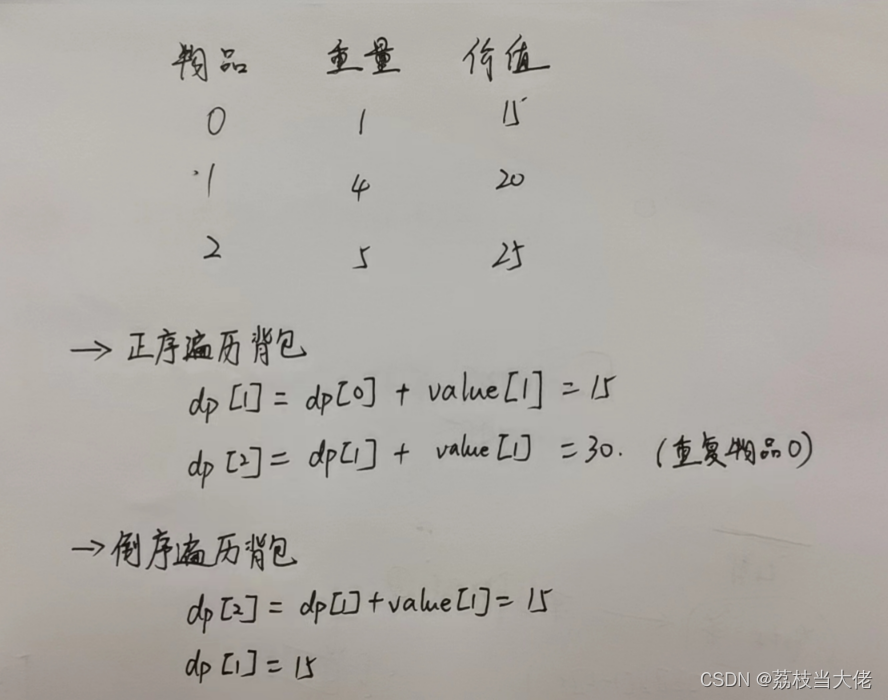



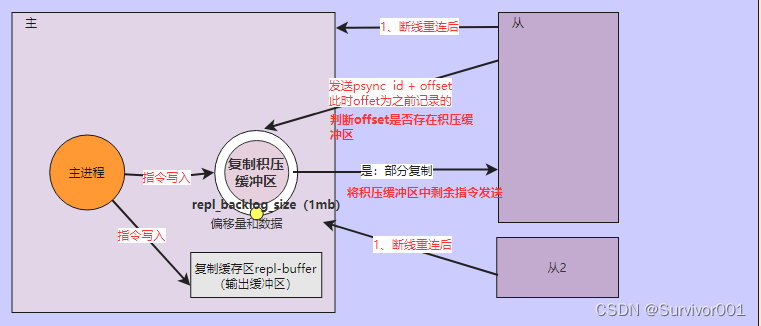
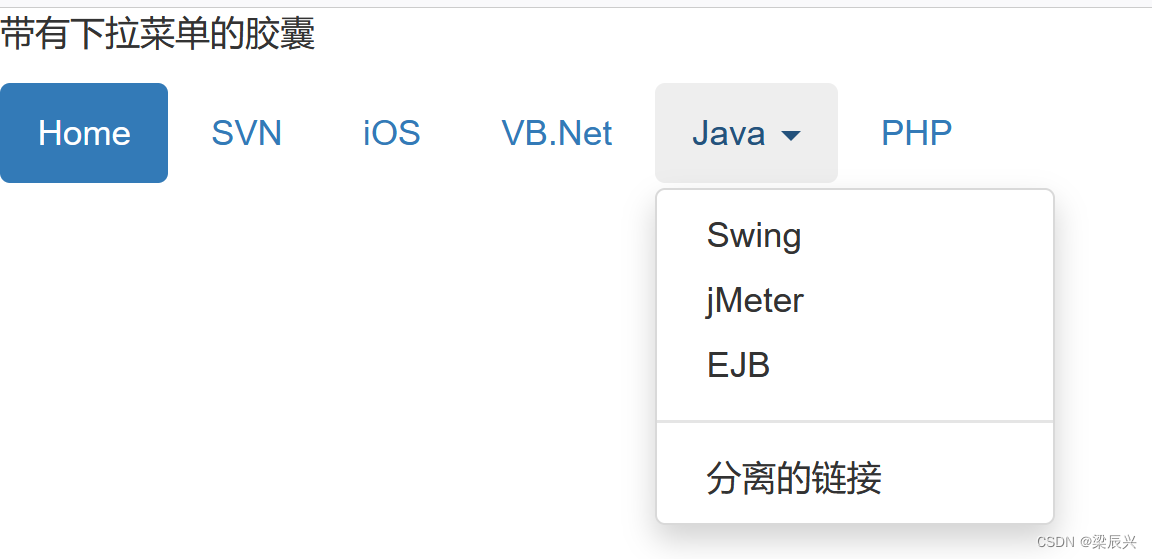


![[Docker异常篇]解决Linux[文件异常]导致开机Docker服务无法启动](https://img-blog.csdnimg.cn/a764c87021b44f44a5c845ddee522d15.png)

